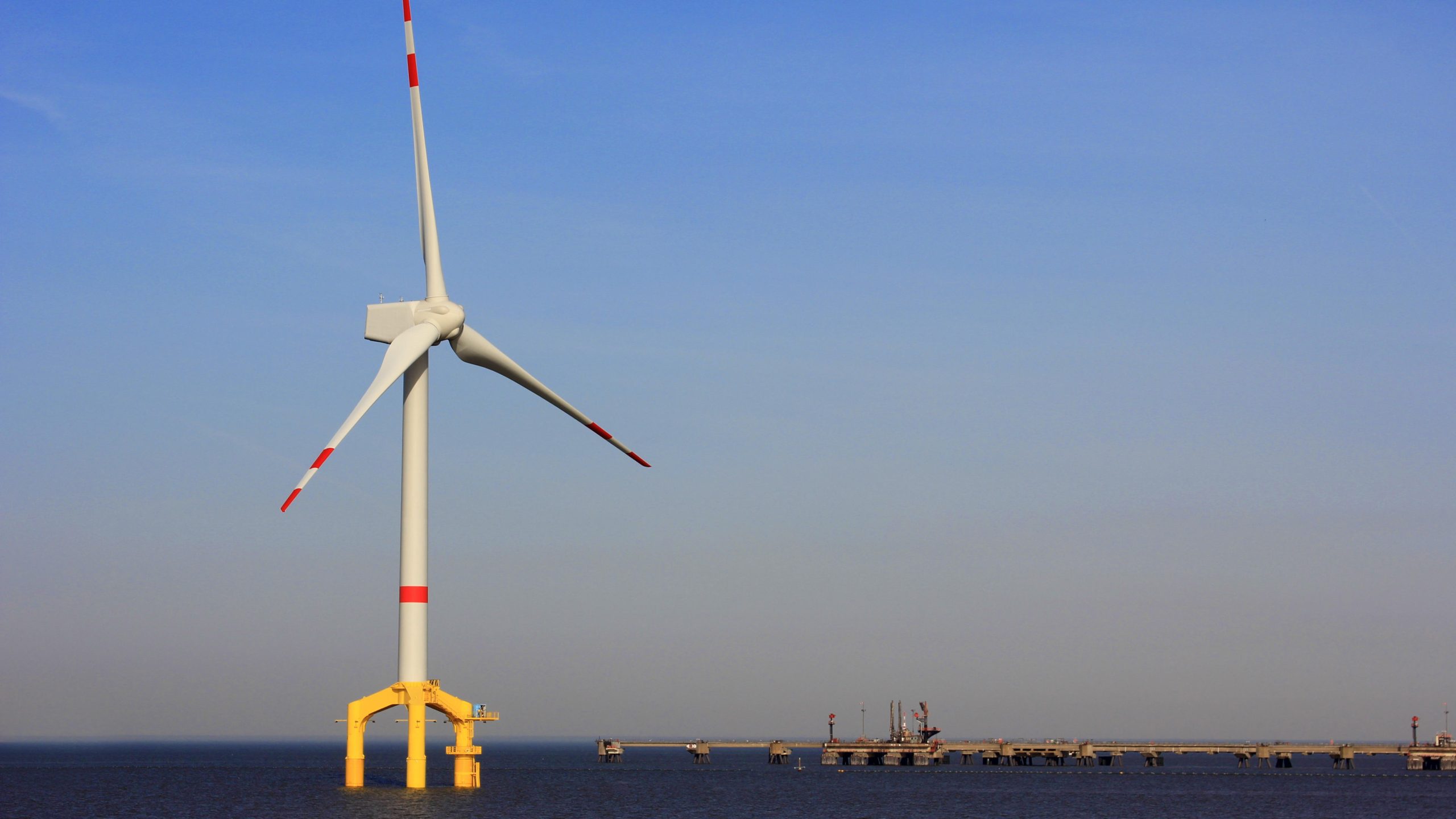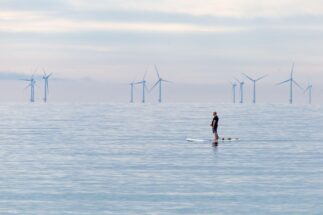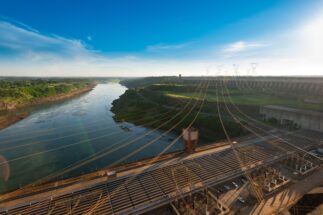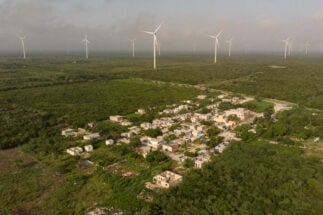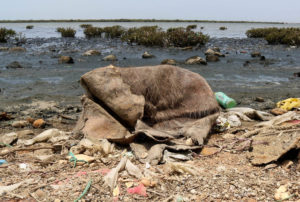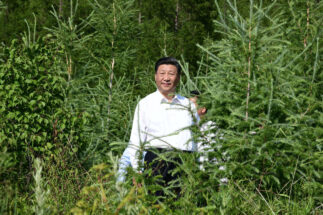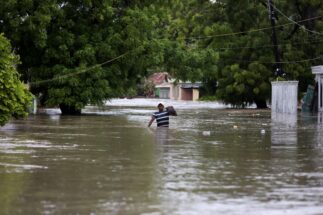In a record year for offshore wind power, 2021 saw a total of 21.1 gigawatts (GW) of new capacity brought online, the latest annual report from the Global Wind Energy Council (GWEC) has revealed.
Around 80% of this additional capacity came from China alone, with the nation emerging as the world leader in the sector. Although Latin America currently has no such installed capacity, the region has great offshore potential, and a market is beginning to open up, driven mainly by Brazil. The country has an established onshore wind industry and is now taking steps to regulate the growth of offshore facilities.
Elbia Gannoum is president of Abeeólica, the Brazilian wind energy association, and was recently reappointed vice chair of the GWEC, with the industry’s interest in Latin America’s potential an important factor in her appointment, according to the specialist herself.
Diálogo Chino spoke with Gannoum following the recent UN Ocean Conference, where the 2022 edition of GWEC’s “Global Offshore Wind Report” was launched, and heard of the tests and trajectory ahead for the industry, particularly in Brazil and wider Latin America.
As wind energy continues to grow rapidly both on and off shores, contributing to the global energy transition, the industry’s latest challenge – one that Gannoum says she is confronting – is ensuring that this expansion takes place in a way that is sustainable, not only for the climate, but for the regions where wind farms are installed. The interview has been edited for brevity and clarity.
Diálogo Chino: Looking at recent GWEC data, Brazil is now ranked sixth globally in terms of overall installed wind capacity, having been 15th in 2012. Do you expect this rate of growth to continue?
Elbia Gannoum: This GWEC data also shows that Brazil was the country that invested the third most in wind energy, behind China and the United States. And Brazil will continue at this level of investment because we have a very large amount of renewable resources – of wind itself.

It is a country that is growing in terms of energy because it is a developing country, even though the economy is reasonably slow now. But energy, in general, is still growing 5 GW to 6 GW per year, and wind energy at 2 GW per year. We also have investments in equipment manufacturing, where the big global players manufacture equipment in Brazil.
DC: So Brazil has no need to import equipment – from China, for example?
EG: There is no need, and this is the great distinction in Brazil. [Its] wind power is the result of the most successful industrial policy the country has made – when compared to industry as a whole, not just energy. This is because, from 2013 to 2016, BNDES [the National Bank for Economic and Social Development], our development bank and financier of the sector, imposed conditions of a high degree of localisation. Today 80% of turbines are manufactured in Brazil.
In January, the Brazilian government approved a decree to regulate exploration of offshore wind. What progress has there been in terms of contracts and auctions since the decree’s approval?
We are at a very incipient stage, but that doesn’t mean we are lagging behind. This decree was published, and now we are discussing the ordinance that regulates the rules for sea use. This is very important for investors. From these rules, studies will begin, in order for us to then have auctions. And from the auctions, we will then have the offshore contracts. That should happen within a two-year horizon; it is a very reasonable expectation. If you look at experiences in other countries, Brazil is accelerating in its development of offshore energy.
Brazil’s wind power is the result of the most successful industrial policy the country has made
How fast are other Latin American countries advancing? The Colombian government has also advanced initiatives to promote offshore wind.
The speed on the continent is more or less the same. We [industry representatives] even had a talk this week looking at the Colombian market, and they are also developing rules and preparing their first auctions. So we will likely move at the same speed in terms of [preparing] regulatory apparatus and bidding conditions. However, Brazil’s demand is much higher because it is such a huge market.
And in terms of wind infrastructure, Colombia surely does not have similar access to the necessary materials as Brazil does. Is there a localisation policy in other countries?
It doesn’t, but it wouldn’t make sense to have a policy like that in Colombia because the market is very small. They don’t have that ambition because they don’t have scale. Brazil is a kind of “hub” for Latin America, because of the size of its market.
China was already important in wind energy before it became, as the latest GWEC report shows, the world’s leading offshore wind market. Are there signs that it is interested in boosting other emerging markets, for example in Latin America?
China is the biggest global player that stands out for the size of its domestic market, and the volume of its natural resources. In the race towards the energy transition, it is also a major player in bringing its capital to developing countries, such as in Africa and Latin America. So one cannot imagine a global expansion of renewable energy infrastructure without China – on the supply side, in the demand for goods and in financial resources. Chinese capital is of the utmost relevance.
What is the status of Chinese investment in Latin America with regard to wind power?
In addition to being a turbine manufacturer, China owns a large number of companies in Brazil, either with a stake or a majority stake. More recently, it is bringing wind turbine companies to Brazil. So, Chinese participation in the energy market is already very large, and we see great interest from Chinese capital in renewable energy.
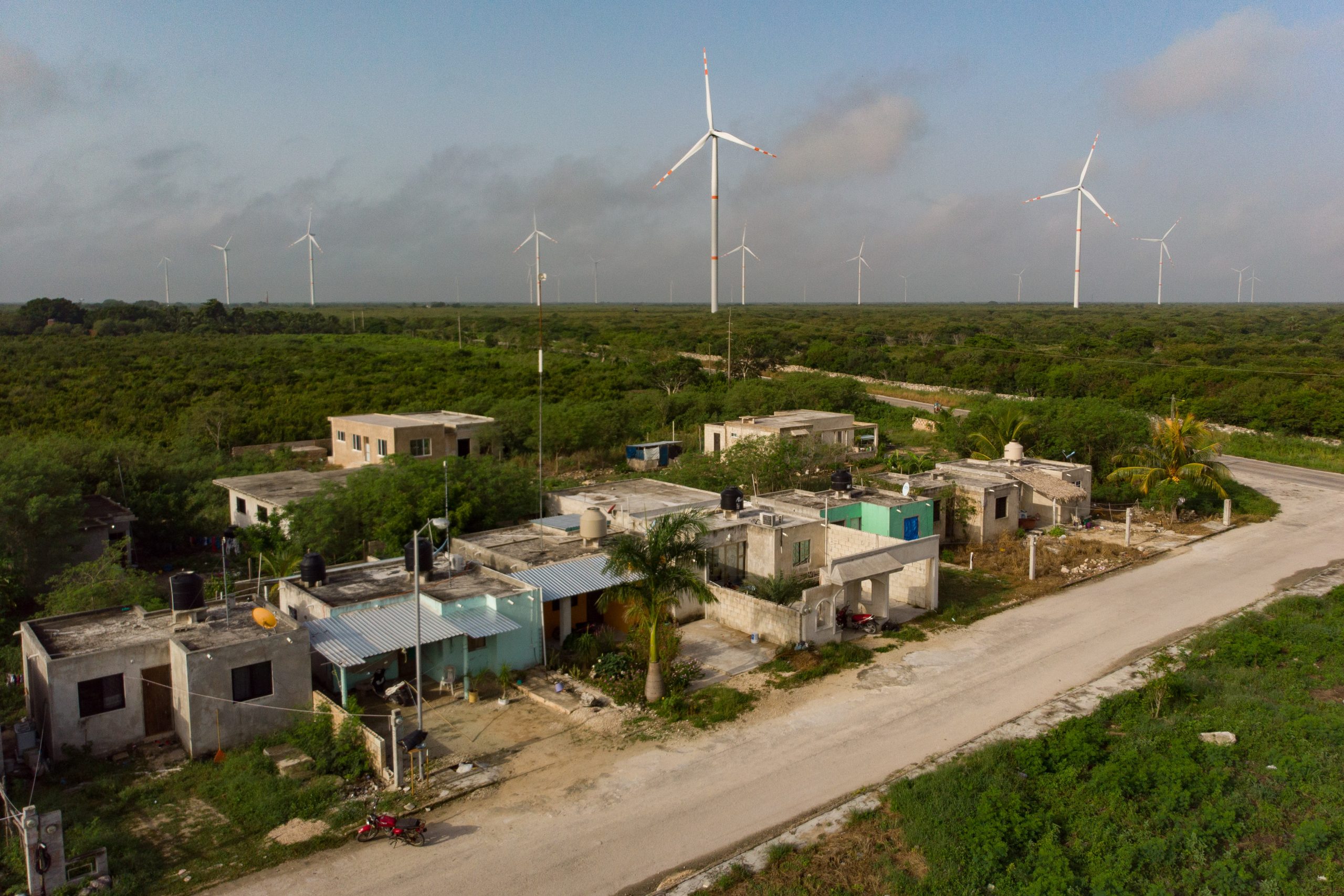
Discussions of renewable energy tend to focus on the urgent need to contain greenhouse gas emissions. At the same time, being large infrastructure works, there are socio-environmental impacts related to wind power installations, and there have previously been reports of conflicts emerging near sites. Are your organisations aware of this and is it something being monitored?
It is currently the first item on my agenda, and I am working hard on it. Because the industry is growing very fast, we can see the externalities – both positive in the generation of employment and economic development, and also the negative impacts. They are not emissions impacts, of course, because wind energy generation is zero carbon. But we have been looking at the impacts of the production chain, because its carbon footprint is mainly in the factories. There are already goals to zero this footprint from 2030. We also have a working group in Abeeólica that is working to mitigate possible problems that wind energy can bring to the environment and society.
Can you elaborate on your work on socio-environmental impacts, and how you are working to mitigate the possible impacts of wind farms?
There are some historical impacts of the wind industry, and many of these have been overcome. For example, the death of birds, a problem seen in the United States and Europe. This is a potential problem, but in Brazil it effectively does not occur because our industry started later and could already apply this learning [from other countries]. More recently the discussions have revolved around the distance from residences to the parks, so as not to have problems with noise and shadows. We are discussing these rules.
The issue of proximity to residences is more one for the urban context, but historical difficulties have been seen in Brazil with the installation of other energy infrastructure projects. For example, hydroelectric dams have forced the displacement of many indigenous populations. There are now suggestions of conflicts, a lack of dialogue and transparency related to wind farms. Is this also on your and Abeeólica’s agenda?
Yes it is, but I think it’s a false problem to compare wind with large hydropower. Wind energy is highly “modular”, so it doesn’t cause big impacts, such as moving a population. It doesn’t make much sense to displace traditional communities to build wind farms. Hydroelectric plants do, because the resource is exactly at that point and not in another. Not the wind – it is in the region. Brazil has a potential of 800 GW of wind energy onshore, and another 1 terawatt offshore. So this doesn’t make any sense.
One cannot imagine a global expansion of renewable energy infrastructure without China
When you say suggestions of conflict do not “make sense”, do you mean that wind power companies need to approach projects with sensitivity in future, or that these conflicts have not occurred, to your knowledge?
If this occurs, it is very rare. Companies have tried not to run into these situations. If you have a traditional community in a certain location, you go and make the park somewhere else. Companies have this sensitivity, they can make this choice.
Should wind developments, for example, be very closely monitored by the industry, lest the culture of other large projects, such as hydropower, be brought into the renewable industry?
That culture does not exist. I think it is a false problem to make this kind of comparison. The culture of large projects does not exist for the wind issue.
At the UN Ocean Conference, concerns were clear that offshore wind power growth should be done in a sustainable manner. How are discussions on Brazilian regulations taking this into consideration?
IBAMA, Brazil’s environmental agency, already has its rules defined based on a 2020 term of reference [the Brazil Offshore Wind Roadmap]. So it did not need to make new environmental legislation, but rather take the provisions of environmental law and from there establish the guidelines for licensing offshore projects. This term of reference was built from the experience of the best international practices, mainly from Europe. There are still no licences [for offshore projects], but there are a number of requests at IBAMA, so it is difficult to make a practical assessment. But in theory we have enough devices.
On applications, oil and gas giant Shell has reportedly shown interest in wind and green hydrogen in Brazil. With big players like this involved, is it challenge to make a transition, as touched on earlier, in development models, not only in relation to carbon emissions, but towards an industry that is sustainable in other regards?
Frankly, I don’t think it’s a challenge. It is not only the case of Shell, as well as Total Energies, British Petroleum, and other large oil and gas companies that are convinced about making their energy transition. These are companies that have the capital and the best technologies to make these investments.
